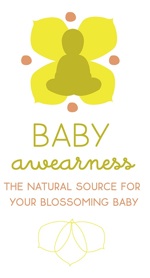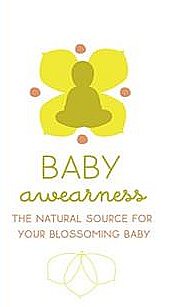It’s Easy!
Modern cloth diapers are as easy to use as disposables. Elaborate folds, pinning, dunking and swishing are no longer necessary. Instead of tossing used diapers in the trash, you’re putting them into a closed diaper pail or zippered wet bag to be washed and re-used.
Why Are More and More Parents Choosing Cloth?
- Saving Money
- a full-time supply of cloth diapers cost less than half of what disposable cost and they can last through multiple kids!
- Environmental Benefits
- Over 300 lbs of wood, 50 lbs of petroleum feedstocks and 20 lbs of chlorine are used to produce disposable diapers for ONE baby EACH YEAR*
- Each disposable diaper takes 250-500 years to break down*
- Health Benefits
- Cloth diapered babies experience less diaper rash and they are not exposed to harsh chemical gels and toxic byproducts from the bleaching process.
- Dioxin (a carcinogen), Tributyl-tin (hormone-disruptor) and sodium polyacrylate (similar to the substance linked to toxic shock syndrome) are some of the chemicals that can be found in disposable diapers.*
- Human feces is tossed into landfills inside disposable diapers adding to contamination of ground water and spreading of diseases. With cloth diapers, poop is immediately discarded into the toilet so you won’t have poop-filled diapers sitting in your home all day long. Not only is human waste getting disposed of properly (so raw sewage isn’t going into the landfill) you’re cutting way down on potential odors.
* Real Diaper Association
Types of Cloth Diapers
All-In-Ones
These diapers have a waterproof cover on the outside and absorbent layers on the inside. They easily fasten on with Velcro or snaps. This is a one-step diaper.
Pocket Diapers
Pocket diapers have a waterproof cover on the outside and a microfleece layer on the inside which goes next to baby’s skin and wicks away moisture. There is a pocket where you stuff a microfiber insert for absorbency. You can customize the absorbency of the diaper by adding more or less inserts in the pocket or changing the material of the insert (microfiber, cotton or hemp).
Prefolds + Covers
Prefolds are usually made of cotton and have extra layers sewn into the center. They can be fastened around baby’s legs with a Snappi or diaper pins or folded in thirds and placed inside a waterproof cover.
Fitted Diapers
Fitted diapers are usually made of cotton, hemp or bamboo. They are contoured and fasten around baby’s legs with Velcro or snaps. To be waterproof, they require a cover.
What To Do With Wet and Dirty Diapers
Many parents get a kitchen-size trash can with a lid and line it with a waterproof bag called a pail liner, designed to hold cloth diapers. Wet and dirty diapers can be stored in the pail until wash time (usually every other day). Flushable liners are available to contain solid waste. Place the liner inside the diaper. It will catch solid waste and let liquid pass through the liner and poop can be picked up and flushed down the toilet. Another option is getting a diaper sprayer to attach to your toilet. Hold the dirty diaper over the toilet and use the sprayer to rinse waste into the toilet.





 />
/>
No comments:
Post a Comment